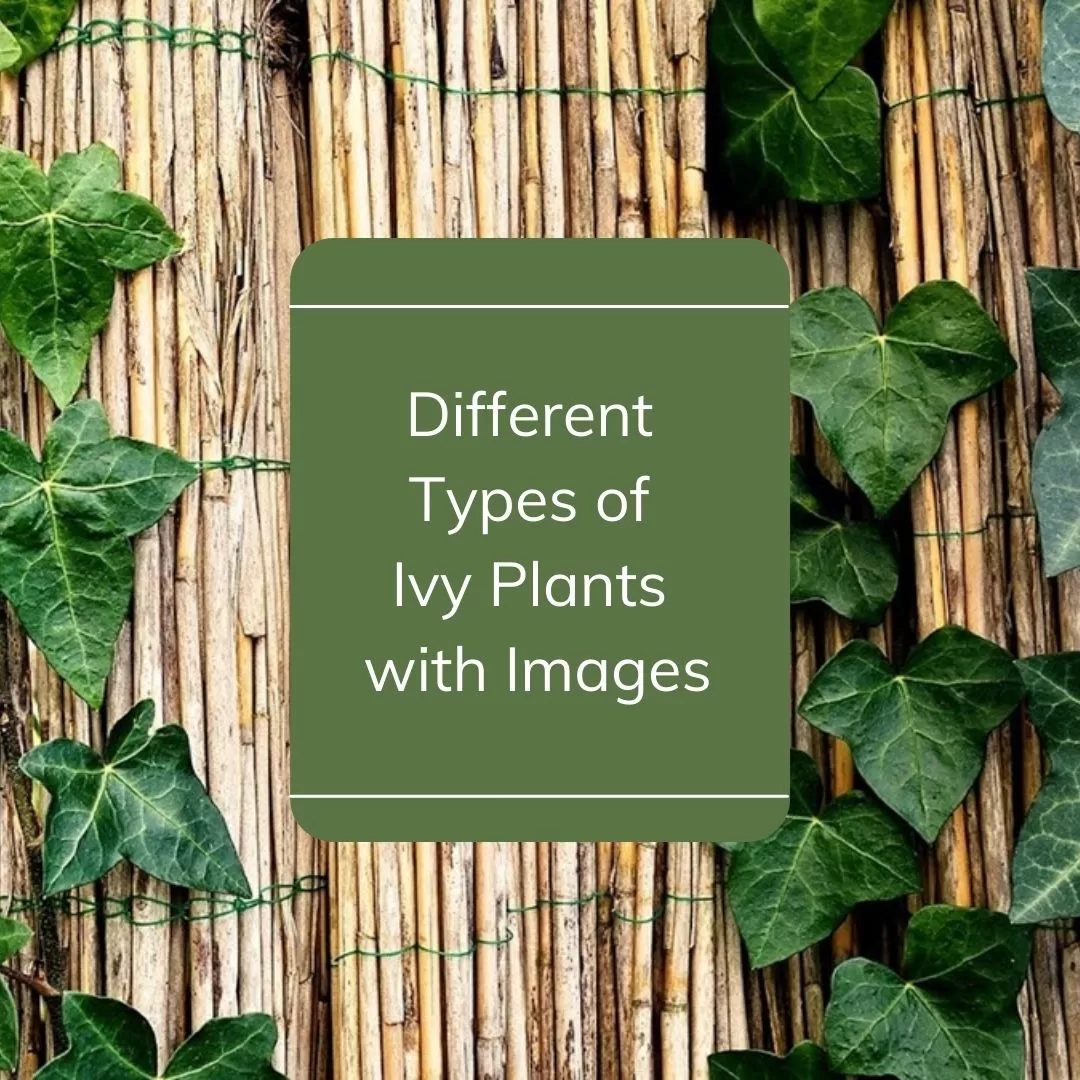Also known as Hedera, the ivy plant comes from a genus of 12–15 species of evergreen woody plants that are climbing or ground-creeping. Ivy plants are actually from the family Araliaceae that are native to the areas of western, central and southern Europe, Macaronesia, northwestern Africa and across central-southern Asia east to Japan and Taiwan.
An ivy plant can be characterized into two leaf types. That means you can have the type with palmately lobed juvenile leaves on creeping and climbing stems or the one with un-lobed cordate adult leaves on fertile flowering stems exposed to full sun.
Most of the ivy plants can be seen creeping on trees and walls, or crawling in shady ground. That is why they are mostly incorporated into gardening for aesthetics. But they are not only good outdoors, these plants can also thrive indoors.
Aside from being used as an ornament, ivy plants have some medicinal properties. During the ancient Greece times, it was used to prevent intoxication, reduce swelling, and as an anesthetic by Hippocrates. Modern day times are using ivies as a medicine for asthma and other respiratory conditions.
What Are The Different Types of Ivy Plants
As you know, there are several ivy plants that you can use for your hanging baskets or clothing walls for aesthetic appeals. Check out these beautiful Hedera species below.
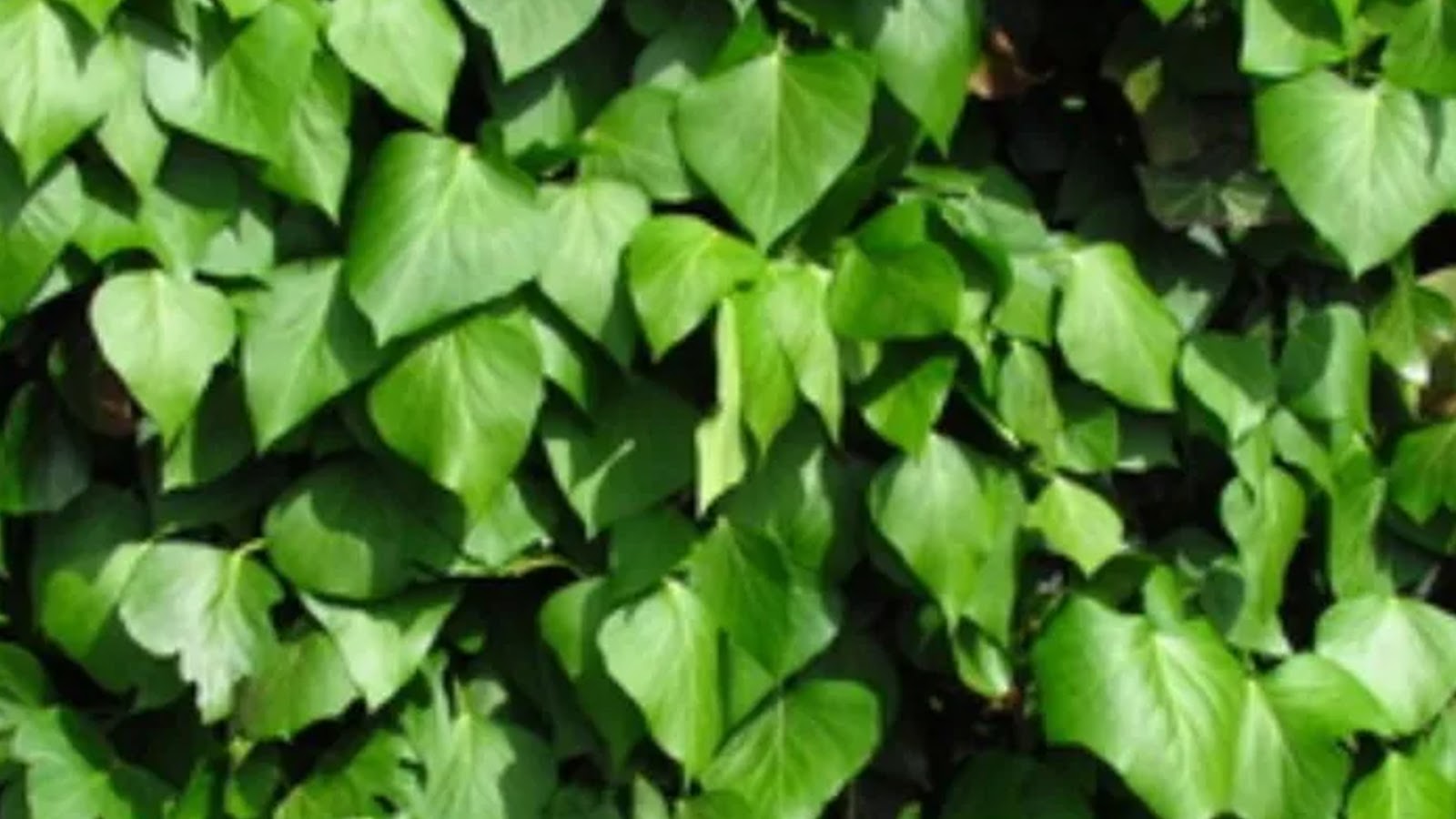
Irish Ivy
The Irish ivy plant has a botanical name Hedera hibernica. This is also known as Atlantic ivy, Boston Ivy, and is a woody vine native to the Atlantic coast of Europe.
Irish ivy is lush that climbs year-round, making it an ideal for covering walls and fences due to its trailing vines. This is why Irish ivy is also categorized as an outdoor ivy plant. This hedera hibernica can be distinguished through its dark green leaves that are glossy.
The lobes found at the dark green leaves of Irish ivy are considered to be delicate and beautiful. Its leaves have a soft shape that is described by many people as artistic and with fluid contour lines.
The Irish ivy is one of those types of ivy plants that sports the modern look, together with a balanced traditional and classical style. If you need a plant to cover unpleasant spots on your walls or fences, the Irish ivy would be the answer.
The looks of the Irish ivy should beautify, if not, enhance the view of your garden. This particular ivy plant can grow up to 30 meters, or nearly 99 feet in the air. That is why the Hedera hibernica is considered as one of the giants in the hedera genus.
You can find the hardy versions of Irish ivy at USDA zones 5 to 11. To achieve tall plants, you will need to plant them in areas with partial shade to full shade. If you want to propagate this plant, make sure to use semi hardwood cuttings in summer. You can choose a straight branch with few leaves on it.
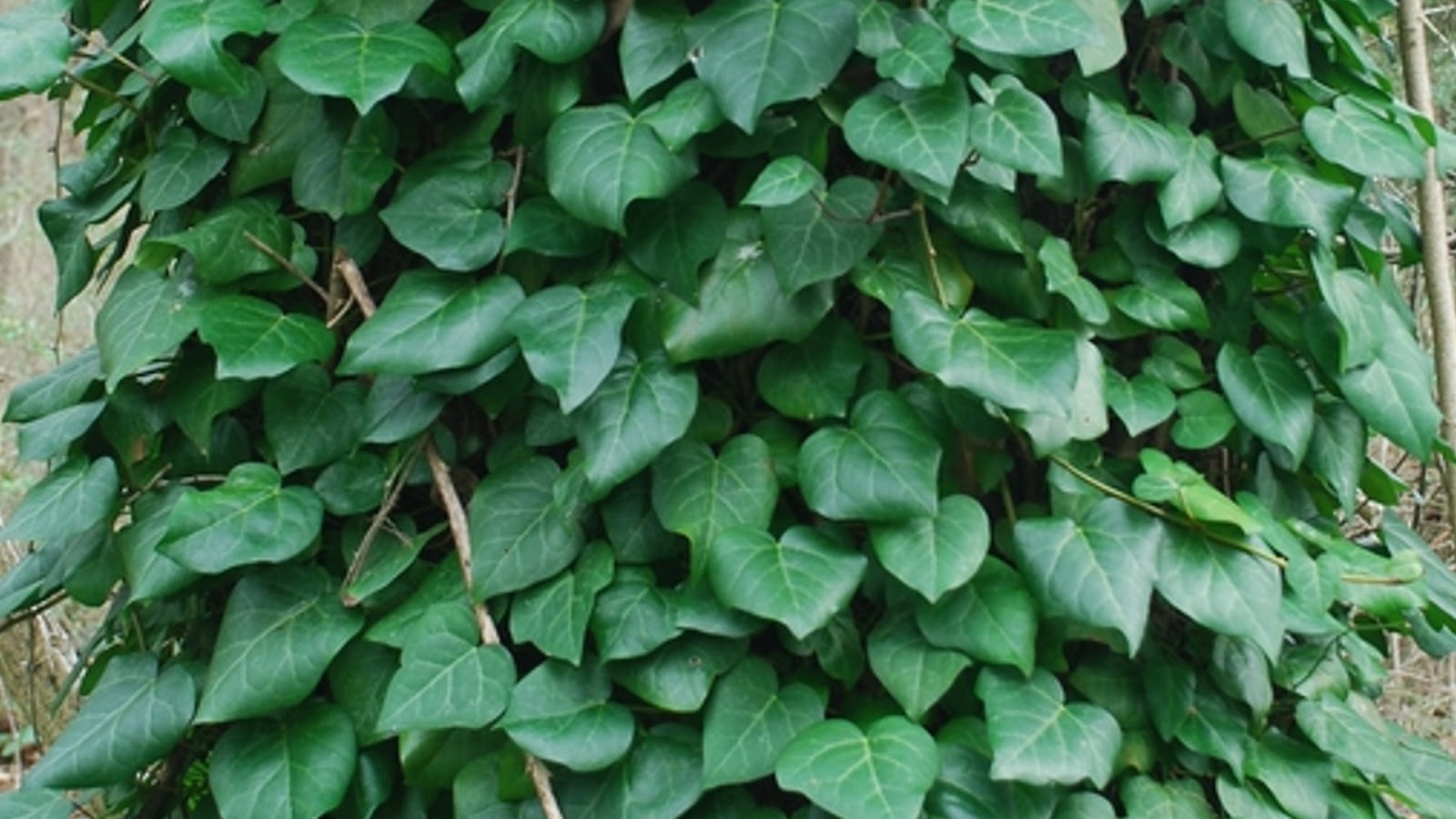
Persian Ivy
With a botanical name Hedera colchica, the Persian ivy is native to Near and Middle East. This evergreen climbing plant, commonly known as colchis ivy, can grow up to to 30 meters high where suitable surfaces are available. The Persian ivy can also grow as a ground cover where there are no vertical surfaces.
The Persian ivy is an ivy variety that is very lush and soft. It has leaves that are large and glossy and look like drapery hanging on the branches as they have a little bit of curl backward. The leaves are considered as one of the biggest in the types of ivy plants as they can measure up to 10 inches in length.
Persian ivy looks very exotic and when compared to the other varieties, it has more heart-shaped leaves. There are two popular varieties of the Persian ivy, which are the Hedera colchica ‘Dentata’ and the Hedera colchica ‘Sulphur heart’.
If you want a clear, pointed lobes on your Persian ivy, choose the dentata variety. But if you want those large drops of yellow in dark green frames, select the sulphur heart ivy. Its dark green glossy leaves have a part of the center that starts off light green and then turns yellow.
Since Persian ivy is one of those ivy plants designed for outdoors, it is great to be used as ground cover to turn large areas into a thick and lush green carpet. It can be exposed to full sunlight, but it can also thrive in partial shade to full shade.
Just make sure that they are not in an area that is open enough for strong winds to blow. You can also propagate the Persian ivy using a semi hardwood cutting in summer. But there should not be many leaves left as it could also be hard to sustain by the cutting due to their size.
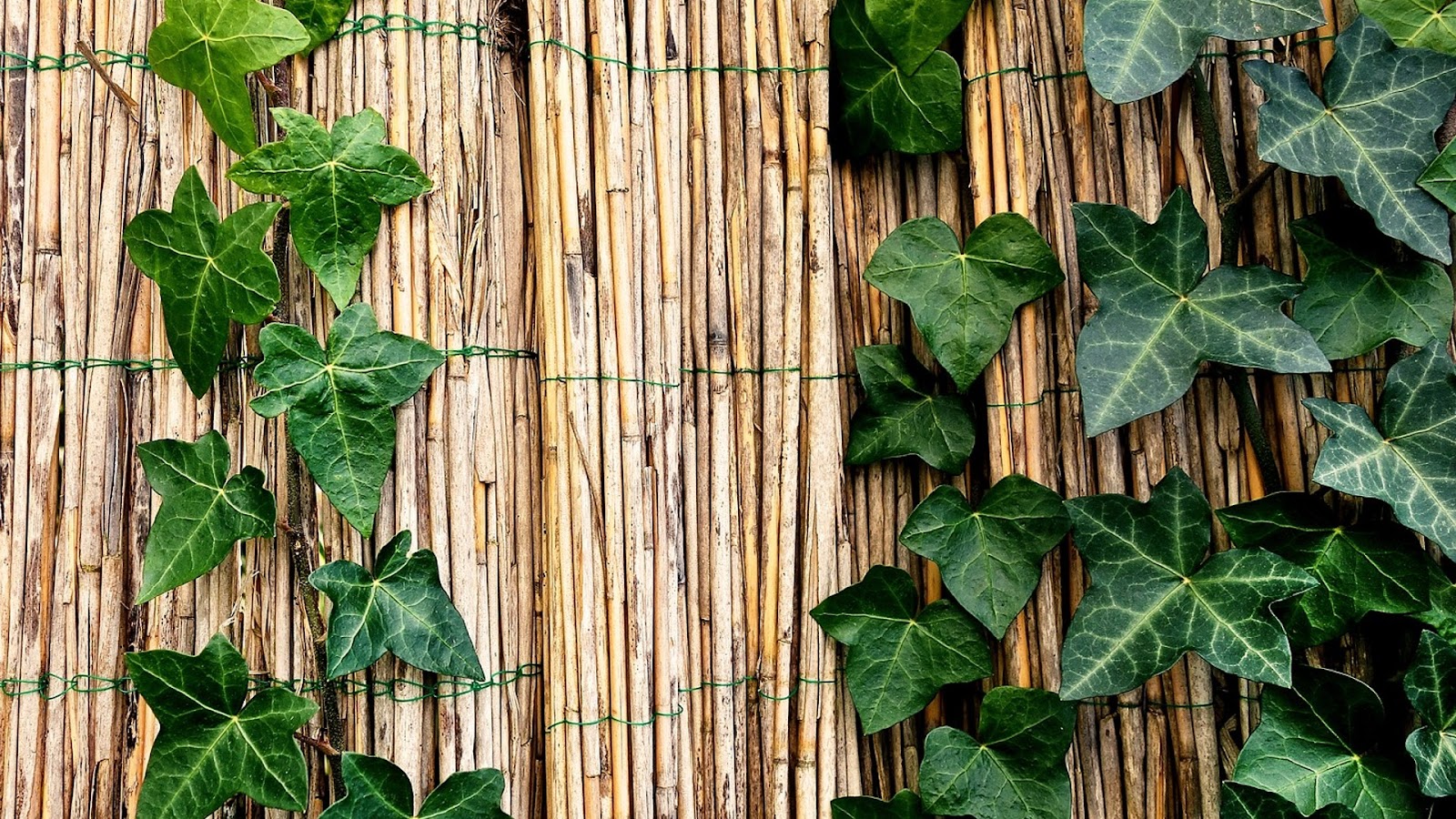
Japanese Ivy
Japanese ivy is known for its botanical name, Parthenocissus tricuspidata. This is a flowering plant under a grape family that is native to eastern Asia in Korea, Japan, and northern and eastern China.
Since it is from the grape family, this is not a true ivy plant, but since this is a creeping vine plant, it is considered as one of the types of ivy plant. Japanese ivy also goes by the name of Boston ivy, grape ivy, and Japanese ivy, and also as Japanese creeper, and by the name woodbine.
The Japanese ivy is also a beauty that grows well on tree trunks and rocky slopes in laurel forests. It is also a variegated ivy as the leaves are glossy and varied in shape. This is one of the most elegant plants, that it would almost look like a houseplant due to the beautiful glossy leaves.
When compared to the other varieties, Japanese ivy has a less dense foliage. Since it is less dense, that means single leaves are allowed to stand out more clearly when put against brickwork or wood fencing.
There are varieties of the Japanese ivy that have dark green leaves with dashes of cream by the edges, like the ‘Crème de Menthe. The Japanese ivy vine can grow up to 30 ft. and thrives well in partial shade to full shade. Propagation can be done by cutting a semi-hardwood with few leaves during summer.
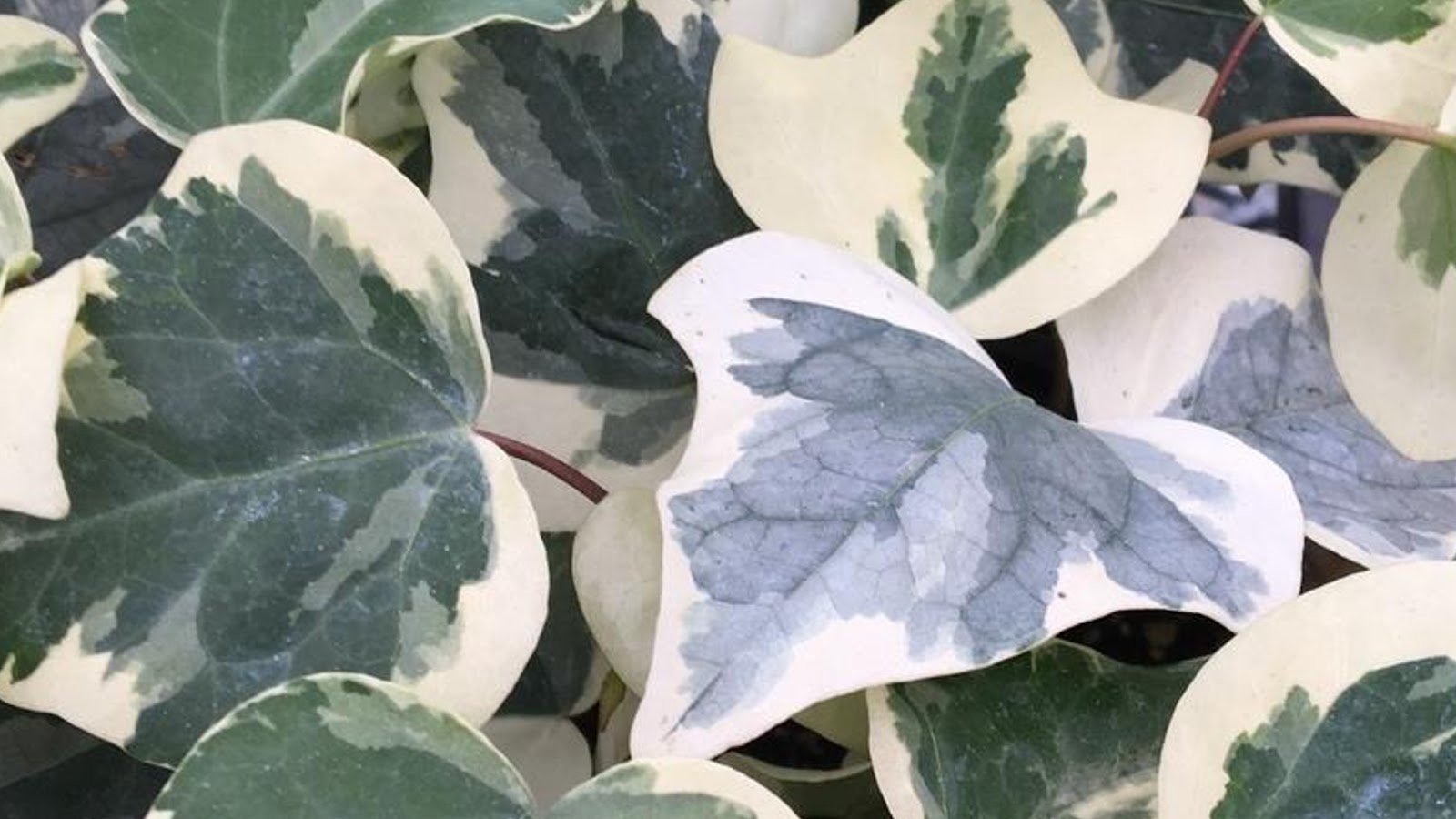
Algerian Ivy
Algerian ivy, with a botanical name Hedera algeriensis or Hedera canariensis, is commonly known as Canary Island ivy, Canary ivy or Madeira ivy. This lush green trailing foliage is native to western regions and islands of Africa.
Algerian ivy is one of those low maintenance plants as it’s not picky about soil type. It can thrive and grow in clay, sandy, loam or chalky, acidic soil. You also need to put the Algerian ivy in areas with full sunlight or partial shade.
The dark Sacramento green leaves are beautiful and the leaf shape is heart to roughly triangular. The leaves of the Algerian ivy have cream margins that dangle on purple branches and leaflets. They are also big and measure up to 5 inches.
The Algerian ivy is also one of the most awarded plants and is a winner of the Award of Garden Merit of the Royal Horticultural Society. Algerian ivy is one of the most resilient plants as well as it can resist drought and can deliver a sophisticated effect to the arbors and pergolas.
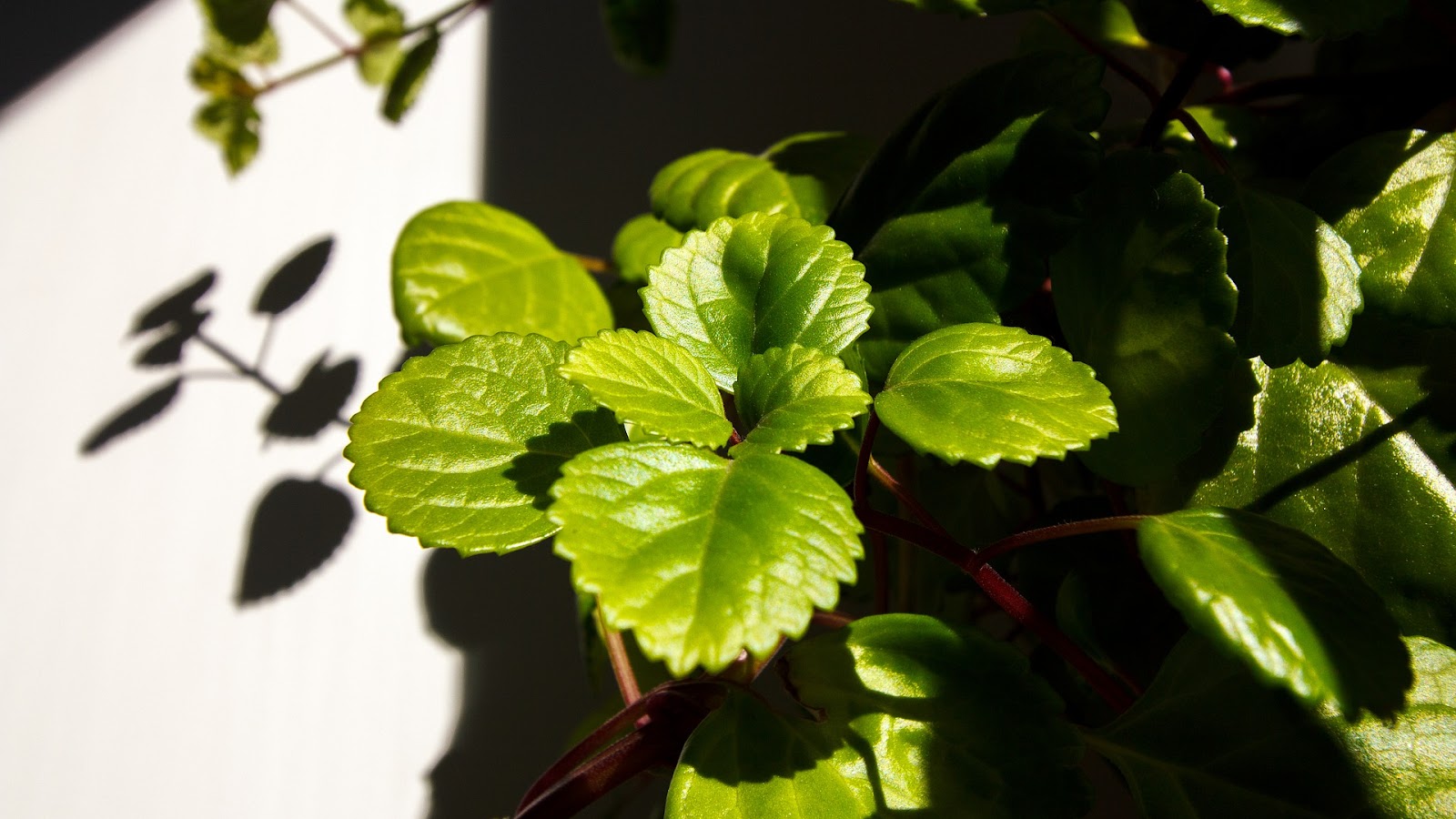
Swedish Ivy
Known as Swedish begonia or whorled plectranthus, Swedish ivy comes from the family Lamiaceae, genus Plectranthus, which is different from other ivy plants which comes from the genus Hedera. It also goes by the botanical name, Plectranthus verticillatus.
Swedish ivy is actually good for gardening due to its cascading branches with hearshed serrated leaves. It is an herbaceous evergreen perennial variegated ivy, with leaves that can be light, jade green or darker Barbour green with cream edges.
The Swedish ivy produces flowers that can be white or purple, long and tubular ivy flowers. Since this is a relatively small ivy plant, Swedish ivy is ideal to be used as an indoor ivy. You can put this in different sculptural pots at your home.
They thrive well in dappled shade and partial shade, which can be propagated using any simple cuttings. The Swedish ivy can only grow up to 3 feet in height and spread at 90 cm.

Russian Ivy
Just like the other types of ivy plants, Russian ivy has green leaves that grow in opposing pairs and on bright red leaflets of the pointed leaf shape.
Russian ivy comes from the Asian species of flowering plant in the knotweed family and is known by a few names like Russian-vine, Bukhara fleeceflower, Chinese fleece vine, mile-a-minute and silver lace vine. It also has a botanical name, Fallopia baldschuanica.
Russian ivy has an unusual trait of growing well-arranged leaves on arching branches and ending in a little cluster of black berries. Its main species are known for their leaves within the Golden Ratio proportion and fairly uniform in Kelly green color.
Though, there is one variety of the Russian ivy called Hedera pastuchovii ‘Ann Ala’, that is a very well-known cultivar due to its long and dropping leaves with dark green to even purple outer coloring. It is then combined with a bright green veins at the center.
The Ann Ala Russian ivy is also a winner of the Award of Garden merit of the Royal Horticultural Society. Though this is a very beautiful award-winning plant, be careful not to ingest them as they are poisonous.
One of the tallest types of ivy plants at 100 feet and spreads at 3 meters, Russian ivy thrives well in areas with full sunlight, partial shade or full shade. The herbaceous, semi-hardwood and even wood cuttings can be used to propagate the Russian ivy during summer.
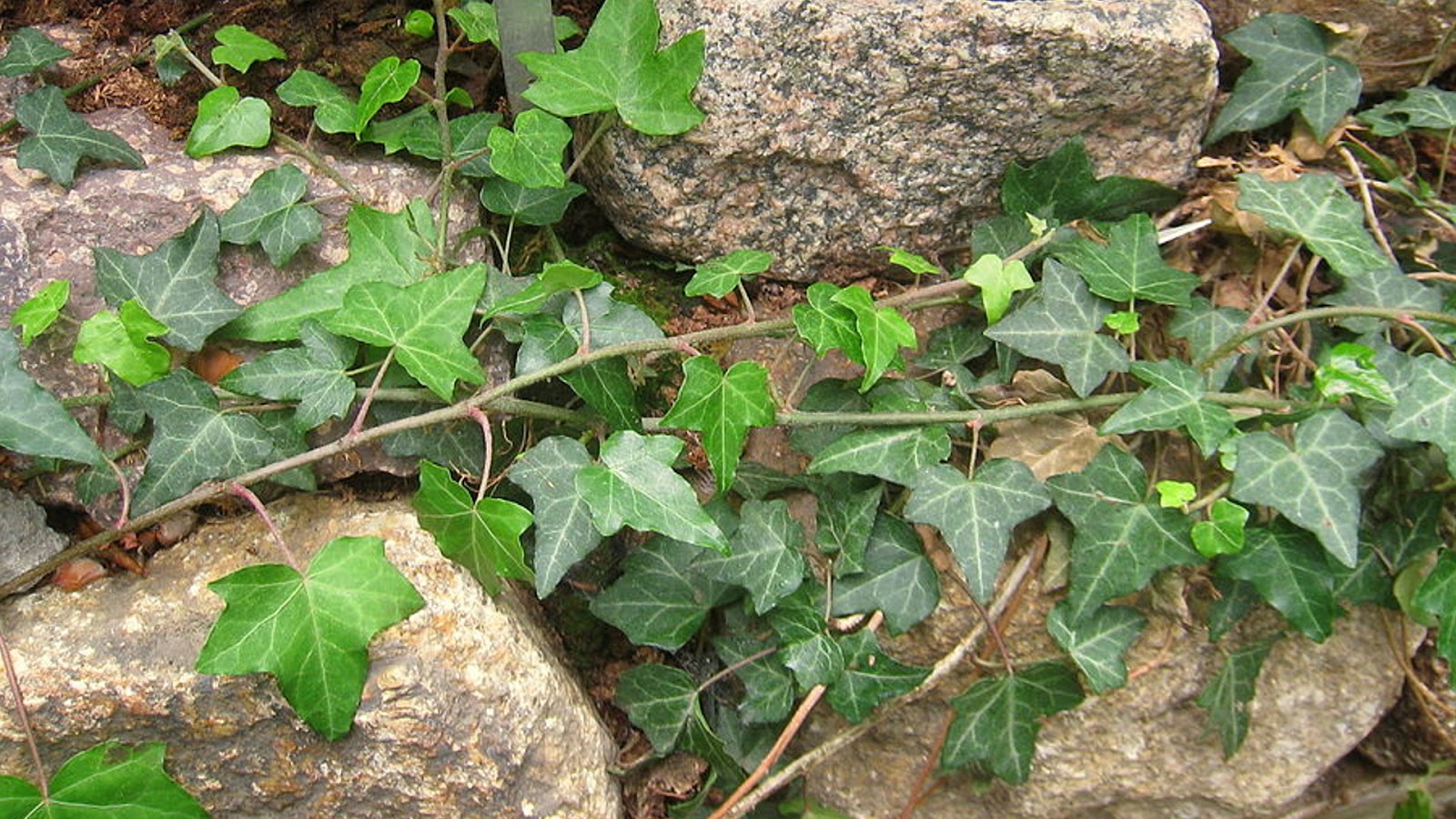
Himalayan Ivy
With a botanical name, Hedera nepalensis, ivy of Himalayan or Himalayan ivy is one of the woody evergreen vine perennial plants with gray-green foliage. This Nepalese ivy plant is also used as a ground cover and trailing on fences.
Himalayana ivy can grow at the height of 9 feet tall but has a wider spread of up to 50 feet or more, unless it is trimmed. The Himalayan ivy or Nepalese ivy also possess glossier dark green leaves. The leaves are also notable for their decorative, clear and light green veins, adding more beauty to the masterpiece of nature.
Most people would use the Himalayan ivy to cover statues and fountains, as the dark green glossy color of the leaves can take shape great on rocks. Himalayan ivy can thrive well under full sunlight. But it might prefer some shade, partial shade or full shade.
Those who are looking to propagate this ivy houseplant can use half ripe wood cuttings in summer.
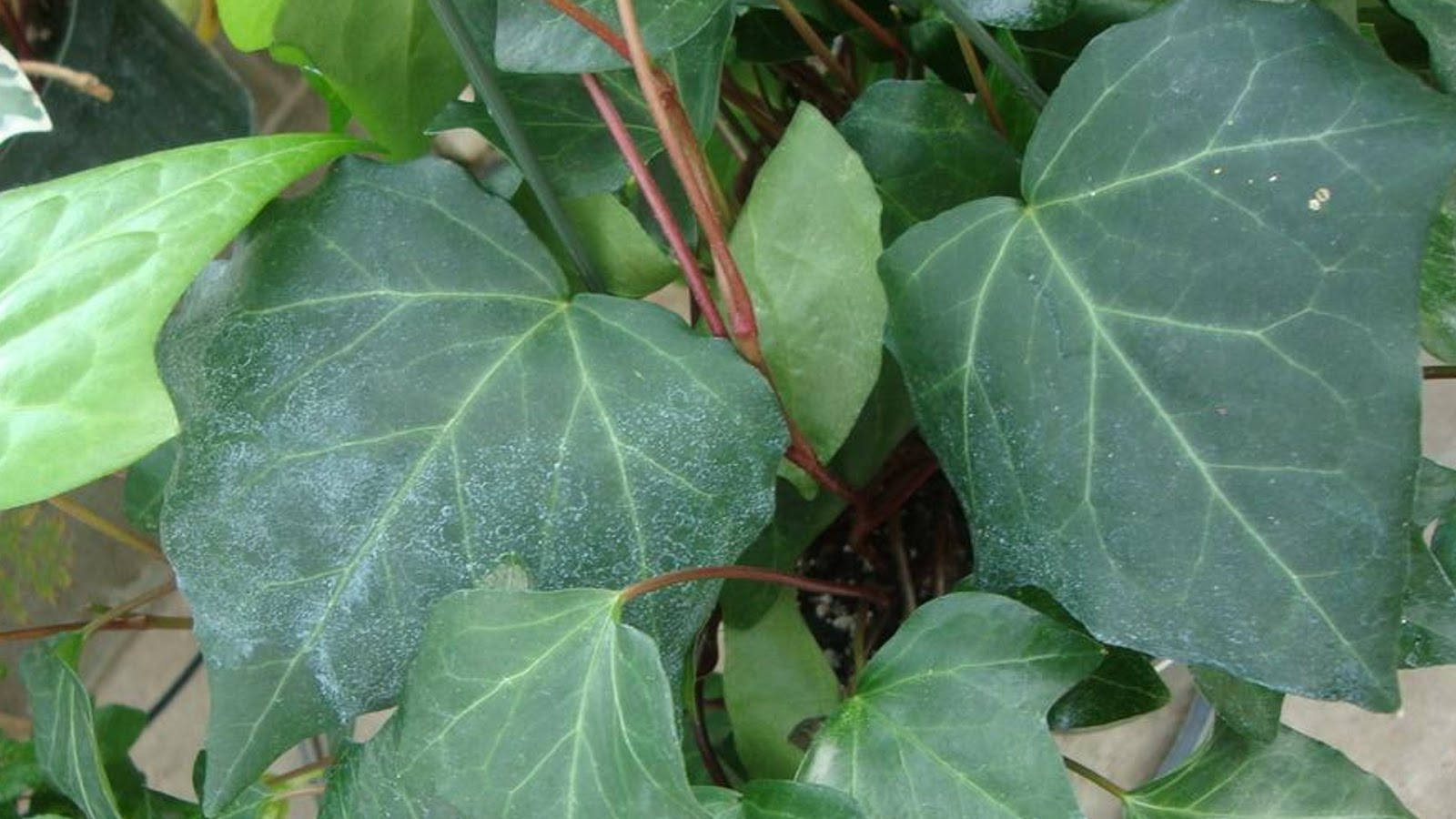
Canarian Ivy
The canarian ivy, with botanical name Hedera canariensis, comes from the species of ivy that is native to the Atlantic coast in Canary islands and northern Africa. It is one of those types of ivy that has more resemblance to the English climbing ivy plants.
The defining feature of the Canarian ivy that would set it apart from the English ivy would be the lobes that are only sketched and the contour of the leaf turns into a wavy line. Canarian ivy would also tend to grow faster and establish itself quicker than English ivy.
Canarian ivy can also grow up to 100 feet tall and loves partial shade or full shade. It can be propagated using semi-hardwood cuttings in summer.

English Ivy
Known as the common ivy with botanical name, Hedera helix, English ivy comes from the a species of flowering plant of the ivy genus in the family Araliaceae, native to most of Europe and western Asia.
English ivy is actually a very vast type of ivy. It is categorized into different varieties, such as the Anne Marie’ English Ivy (Hedera Helix ‘Anne Marie’), ‘Needlepoint’ English ivy, ‘Goldchild’ English ivy, ‘Ivalance’ English ivy ‘Tripod’ English ivy, and the ‘Golden Curl’ English ivy.
The hedera helix (English ivy) has been used in the gardening field over the centuries, and that’s the reason why sub-species under English ivy have emerged.
But they have some things in common, like they can grow well under full sunlight, partial shade or full shade. You can also propagate some of the English ivy through semi hardwood cuttings in summer.
How to Take Care of an Ivy Plant
There are different ways on how you can maintain and take care of your ivy plant. It actually depends on where you are growing them.
If you have an indoor ivy, make sure that they get enough moisture. An indoor ivy plant would love to get that humidity through moist air, though they don’t like overly moist soil. Since most of them are native to central and northern Europe, they would also love to have that cooler climate.
For those who are going to have an outdoor ivy plant, make sure you got the right area where sunlight and proper shades are available. Check the type of ivy plant if they can thrive well under direct sunlight, or they need partial to full shade.

